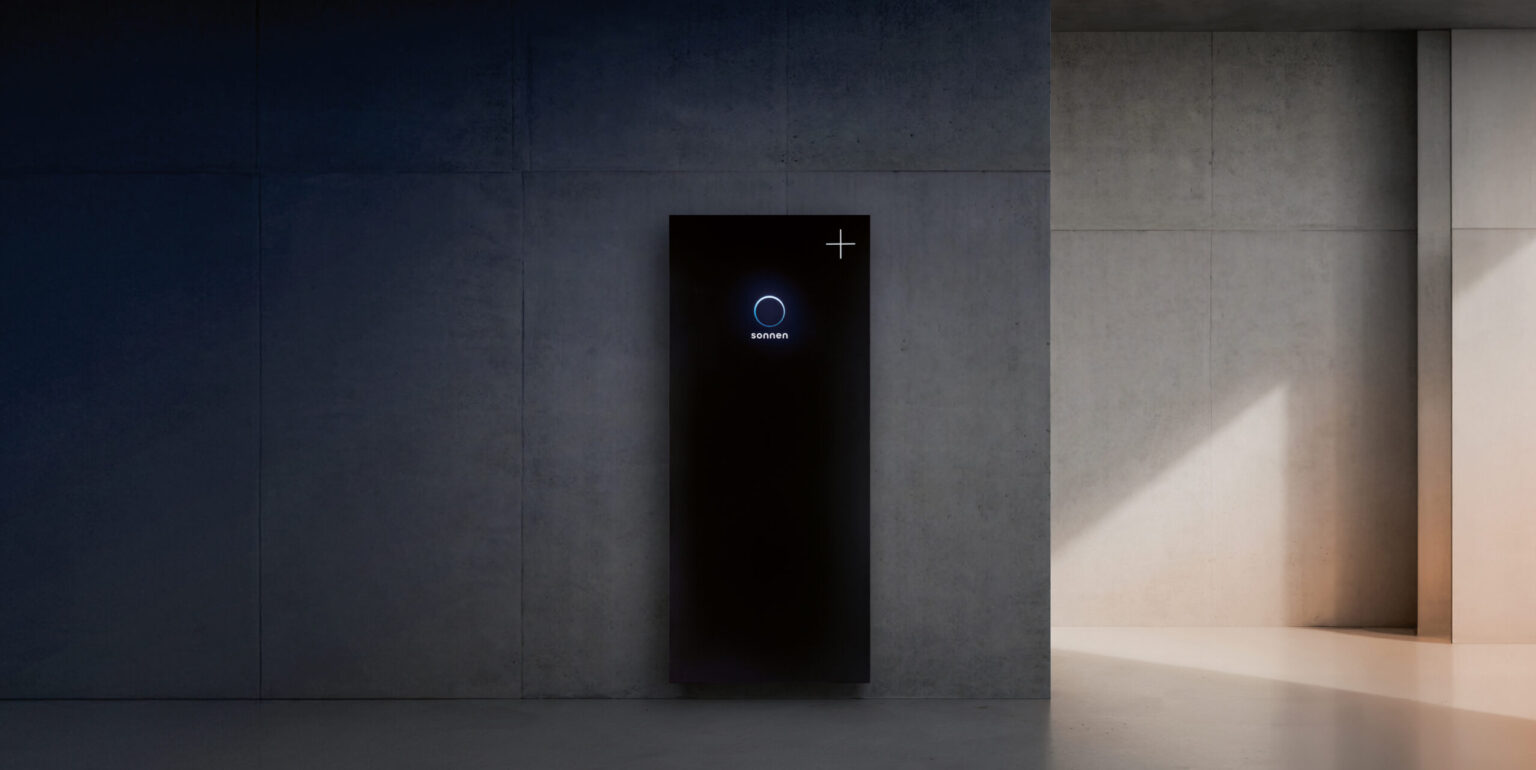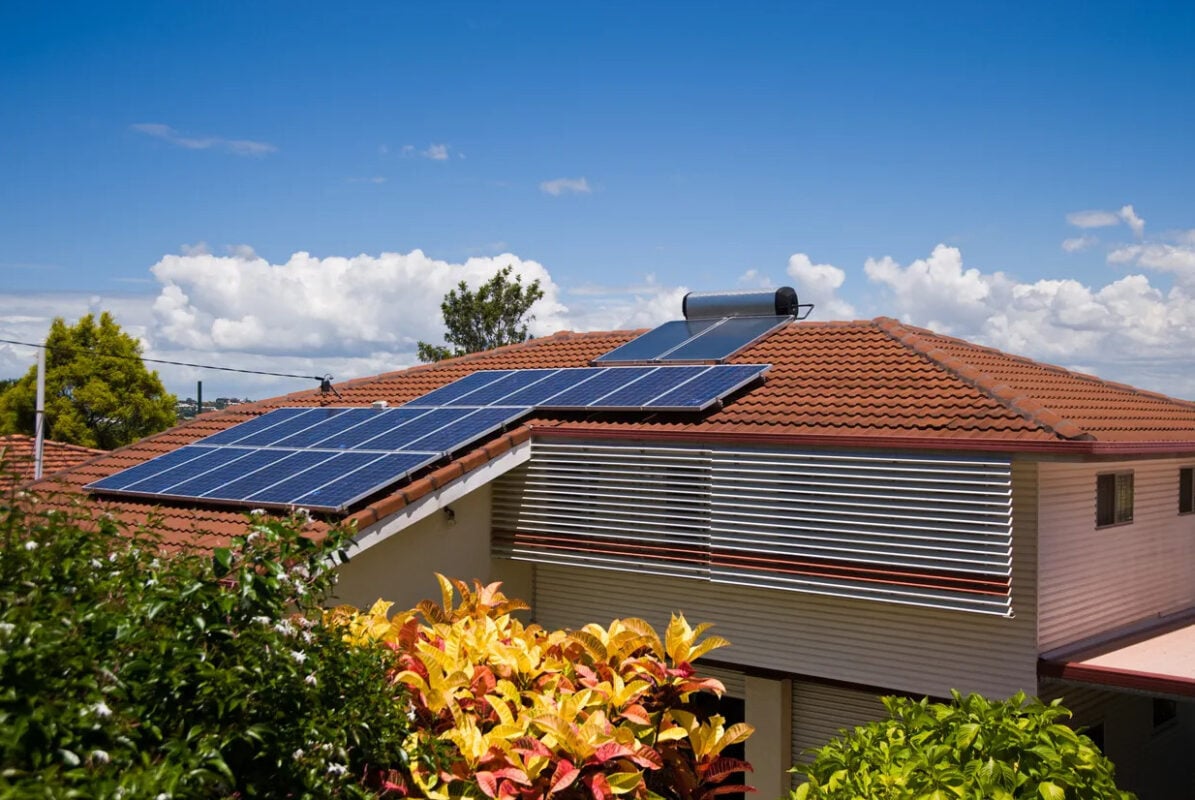Sonnen launches trade-in program for old solar battery storage systems regardless of condition or manufacturer – ess-news.com

Report on Sonnen’s Battery Storage Exchange Program and its Contribution to Sustainable Development Goals
Program Overview and Strategic Objectives
Sonnen has launched a battery storage exchange program in Germany, targeting households with photovoltaic storage systems installed prior to December 31, 2020. The initiative is designed to upgrade Germany’s residential energy infrastructure, directly supporting several key United Nations Sustainable Development Goals (SDGs). The program’s primary objective is not inventory reduction but the strategic expansion of Sonnen’s virtual power plant (VPP), transforming previously isolated systems into a networked, grid-supporting asset.
- Targeted Upgrade: The program aims to replace approximately 270,000 older home storage systems, irrespective of their original manufacturer.
- Grid Enhancement: Successful implementation could add an estimated 2.7 GW of flexible capacity to the national electricity grid, enhancing stability and resilience.
- Financial Incentive: A trade-in bonus of up to €2,800 is offered to encourage participation, making advanced technology more accessible.
Alignment with SDG 7: Affordable and Clean Energy
The initiative is a direct contribution to SDG 7 by promoting access to modern, reliable, and sustainable energy. By facilitating the upgrade to newer, more efficient battery systems, the program enhances the capacity of households to utilize self-generated solar power.
- It increases the share of renewable energy in the residential energy mix by maximizing the utility of existing photovoltaic installations.
- It provides households with access to advanced smart features, improving energy management and efficiency.
- The integration of these systems into a VPP contributes to a more stable and affordable national energy supply.
Contribution to SDG 9 and SDG 11: Innovation, Infrastructure, and Sustainable Communities
Sonnen’s program represents a significant advancement in building resilient infrastructure and fostering sustainable communities, aligning with the targets of SDG 9 and SDG 11. The creation of a large-scale VPP from residential batteries is an innovative approach to modernizing national energy infrastructure.
- Resilient Infrastructure (SDG 9): The networked storage systems create a decentralized power plant capable of stabilizing the grid and managing price fluctuations, making the energy infrastructure more robust and adaptable to the demands of renewable energy sources.
- Sustainable Communities (SDG 11): By improving grid stability and increasing the penetration of clean energy, the program supports the development of sustainable, safe, and resilient communities that are less reliant on centralized, fossil fuel-based power generation.
Advancing SDG 12: Responsible Consumption and Production
The program actively promotes sustainable consumption and production patterns as outlined in SDG 12. It addresses the entire lifecycle of the battery storage product, from technological upgrade to end-of-life management.
- Promoting Efficiency: It encourages the replacement of older, potentially less efficient technology with modern systems that offer superior performance and grid-supporting capabilities.
- Circular Economy Principles: Sonnen has committed to the professional disposal of all replaced units, ensuring that most materials are recycled. This approach minimizes electronic waste and supports the principles of a circular economy.
Supporting SDG 13: Climate Action
By increasing the capacity for renewable energy storage and utilization at a residential level, the program is a tangible measure in support of SDG 13. Enhanced energy storage is critical for decarbonizing the electricity sector and mitigating climate change.
- The program directly enables a greater use of solar power, reducing household reliance on the carbon-intensive grid.
- The grid-stabilizing function of the VPP facilitates a higher overall penetration of intermittent renewables like wind and solar into the national grid, contributing to a nationwide reduction in greenhouse gas emissions.
Sustainable Development Goals (SDGs) Addressed
-
SDG 7: Affordable and Clean Energy
- The article focuses on a battery storage exchange program for households with photovoltaic (solar) systems. This initiative directly supports the transition to and utilization of clean energy by improving the storage and management of solar power, making it more reliable and accessible for residential use.
-
SDG 9: Industry, Innovation, and Infrastructure
- The program involves upgrading existing energy infrastructure (old storage systems) with new, smarter technology. By networking these new batteries, Sonnen aims to create a virtual power plant (VPP), which represents an innovative and resilient infrastructure solution to stabilize the electricity grid.
-
SDG 12: Responsible Consumption and Production
- The initiative addresses the end-of-life stage of old battery storage systems. The article explicitly states that “All replaced storage units will be professionally disposed of, with most materials to be recycled,” which aligns with sustainable waste management and circular economy principles.
-
SDG 13: Climate Action
- By enhancing the capacity for renewable energy storage, the program helps to mitigate the intermittency of solar power. This allows for a greater share of renewables in the energy mix, reducing reliance on fossil fuels and thereby contributing to climate change mitigation. The VPP’s ability to “stabilize grids and prices” is a key measure for integrating more renewable energy.
-
SDG 11: Sustainable Cities and Communities
- The program targets households, contributing to making communities more sustainable. By promoting decentralized energy storage and creating a VPP, it enhances the resilience of urban and residential energy systems. The focus on proper disposal and recycling of old units also addresses waste management within communities.
Specific SDG Targets Identified
-
Targets under SDG 7
- Target 7.2: By 2030, increase substantially the share of renewable energy in the global energy mix. The article supports this by making solar energy more effective through improved storage, which encourages its adoption and use, thereby increasing its share in Germany’s energy supply.
- Target 7.a: By 2030, enhance international cooperation to facilitate access to clean energy research and technology… and promote investment in energy infrastructure and clean energy technology. The program promotes investment in and adoption of advanced clean energy technology (smart batteries and VPPs) at the household level.
-
Targets under SDG 9
- Target 9.1: Develop quality, reliable, sustainable and resilient infrastructure. The creation of a VPP by networking home storage systems directly contributes to a more resilient and sustainable electricity grid, as mentioned in the article: “networked home storage systems have proven their ability to stabilize grids.”
- Target 9.4: By 2030, upgrade infrastructure and retrofit industries to make them sustainable… with greater adoption of clean and environmentally sound technologies. The program is a direct example of retrofitting household energy infrastructure by replacing outdated technology with more efficient, grid-supporting systems.
-
Targets under SDG 12
- Target 12.5: By 2030, substantially reduce waste generation through prevention, reduction, recycling and reuse. The article directly addresses this target by stating that the replaced batteries will be professionally disposed of and that “most materials to be recycled.”
-
Targets under SDG 13
- Target 13.2: Integrate climate change measures into national policies, strategies and planning. While a corporate initiative, this program acts as a strategy to overcome the challenges of renewable energy integration (intermittency), which is a core component of national climate action plans. The VPP is described as a way to transform “previously unavailable power into grid-supporting power.”
-
Targets under SDG 11
- Target 11.6: By 2030, reduce the adverse per capita environmental impact of cities, including by paying special attention to… municipal and other waste management. The program’s commitment to professionally dispose of and recycle old batteries from households directly addresses the waste management aspect of this target.
Indicators for Measuring Progress
-
Indicators for SDG 7 and SDG 9
- A key quantitative indicator mentioned is the potential to add “roughly 2.7 GW of additional flexible capacity to Germany’s electricity grid.” This directly measures the increase in renewable energy infrastructure capacity and resilience.
- The number of households participating in the program is another indicator. The article states the program “targets around 270,000 existing storage owners,” which can be used to track the adoption rate of this upgraded, clean technology.
-
Indicator for SDG 12
- An implied indicator is the recycling rate of the collected batteries. While the article does not provide a specific percentage, it states that “most materials to be recycled.” Progress could be measured by the actual percentage of materials recovered and recycled from the disposed units.
Summary Table of SDGs, Targets, and Indicators
| SDGs | Targets | Indicators |
|---|---|---|
| SDG 7: Affordable and Clean Energy | 7.2: Increase substantially the share of renewable energy in the global energy mix. | The potential addition of 2.7 GW of flexible capacity to the electricity grid from networked home storage systems. |
| SDG 9: Industry, Innovation, and Infrastructure | 9.4: Upgrade infrastructure and retrofit industries to make them sustainable, with increased resource-use efficiency and greater adoption of clean and environmentally sound technologies. | The number of old storage systems replaced with new, networked Sonnen Batteries (targeting 270,000 owners). |
| SDG 12: Responsible Consumption and Production | 12.5: By 2030, substantially reduce waste generation through prevention, reduction, recycling and reuse. | The commitment that all replaced storage units will be professionally disposed of, with most materials to be recycled. |
| SDG 13: Climate Action | 13.2: Integrate climate change measures into national policies, strategies and planning. | The creation of a virtual power plant (VPP) to stabilize grids, enabling greater integration of renewable energy. |
| SDG 11: Sustainable Cities and Communities | 11.6: Reduce the adverse per capita environmental impact of cities, including by paying special attention to… municipal and other waste management. | The professional disposal and recycling of old battery units collected from households. |
Source: ess-news.com
What is Your Reaction?
 Like
0
Like
0
 Dislike
0
Dislike
0
 Love
0
Love
0
 Funny
0
Funny
0
 Angry
0
Angry
0
 Sad
0
Sad
0
 Wow
0
Wow
0




















































.jpg.webp?itok=0ZsAnae9#)


























